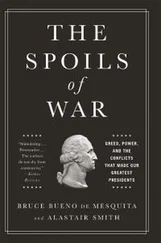Their tiny habitat was bolted on to the top of a colossal Saturn V rocket. At 111 m (363 ft) high, Saturn V stood 18 m (58 ft) taller than the Statue of Liberty. It is still the tallest, heaviest, and most powerful rocket ever built.
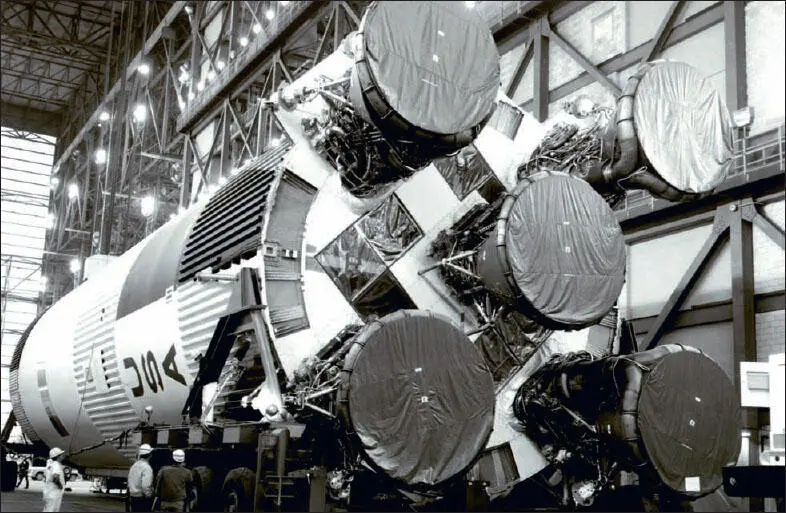
The Saturn V rocket being prepared and taken to the launch pad in 1969.
‘ But why, some say, the Moon? Why choose this as our goal? And they may well ask, why climb the highest mountain? Why, 35 years ago, fly the Atlantic?
.........
We choose to go to the Moon. We choose to go to the Moon in this decade and do the other things, not because they are easy, but because they are hard; because that goal will serve to organize and measure the best of our energies and skills; because that challenge is one that we are willing to accept, one we are unwilling to postpone, and one we intend to win…’
President John F. Kennedy
The journey between worlds
The gargantuan engines roared for eleven minutes, burning 2 million kg (5 million lb) of liquid oxygen and kerosene at over 13 metric tonnes per second to hoist the three astronauts into the heavens.
Two and a half hours after topping 40,000 km/h (25,000 mph) and reaching orbit, another rocket burn set them on course for the Moon. The astronauts spent the next three days coasting through the void. On the fourth day they passed out of sight behind the Moon and fired rockets to ease them into orbit 100 km (62 miles) above the dusty surface.
Armstrong and Aldrin climbed into the Eagle and said farewell to Collins. He would remain alone in Columbia in orbit while his colleagues walked on the surface. The landing craft separated and for twelve minutes a computer guided Armstrong and Aldrin down. Fear flashed through mission control five minutes into the descent when Aldrin instructed the computer to calculate their altitude and it blinked back an error message. Should they abort? Engineers coolly worked out that it was safe to override the message and go on.
But just a few minutes later there was further cause for alarm. Armstrong saw that the crater the computer was piloting the Eagle into was strewn with large boulders. He took manual control and guided the craft further downrange, burning extra fuel. When the Eagle finally touched down in the Sea of Tranquility, it had a mere 30 seconds of fuel left.
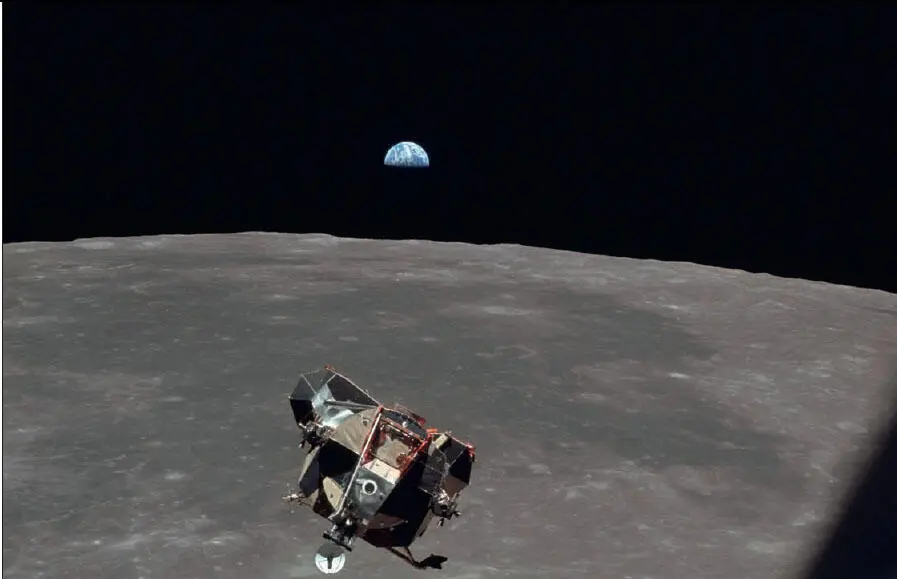
The Lunar Module ascends from the Moon with Earth just above the horizon.
Men on the Moon
Touchdown was the softest landing that the pilots had ever experienced. Lunar gravity is one-sixth of that on Earth, and the astronauts felt no bump on landing — they only knew they were definitely down when a contact light came on.
‘Houston, Tranquility Base here. The Eagle has landed!’ said Armstrong, unquenchable joy surging in his normally cool voice. But rather than step outside straight away, Armstrong and Aldrin spent the next four hours resting in the cockpit. They yearned intensely to get outside but were also full of trepidation. Would their spacesuits protect them from the vacuum? Would they be able to take off again?

The Eagle landed in the Bay of Tranquilitity, top right on this spectacular image of our Moon.
The time had come. Neil Armstrong stepped out of the Eagle , descended the ladder and walked on the moon, 109 hours and 42 minutes after he had left planet Earth. An estimated 530 million people watched Armstrong’s televised image and heard his voice describe the event as he took ‘...one small step for [a] man, one giant leap for mankind’. After 20 minutes, Aldrin followed him and became the second human being to make footsteps in moondust.
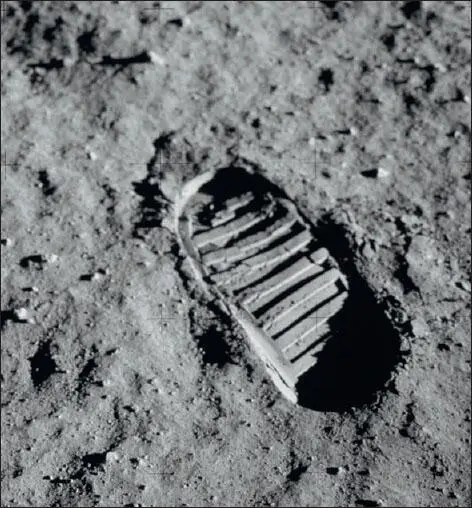
An astronaut’s boot print in moondust.
The astronauts put the TV camera on a tripod about 9 m (30 ft) from the lander to transmit their actions. Half an hour into their moonwalk, they spoke to President Nixon by telephone. The two astronauts spent the next two and a half hours collecting rock samples, taking photographs and setting up experiments. As well as planting a US flag, they also left a Soviet medal in honour of Yuri Gagarin, who had been killed in a plane crash the year before.
Armstrong and Aldrin were on the Moon’s surface for 21 hours and 36 minutes. This included seven hours of sleep. The ascent stage engine fired successfully and they lifted off, leaving the descent module behind. Just under four hours later, Eagle docked with Columbia in lunar orbit, and the three crew were reunited. Columbia headed home. Three days later, Armstrong, Aldrin and Collins fell back to Earth as heroes.

The Times reports the start of the astronauts’ return journey.
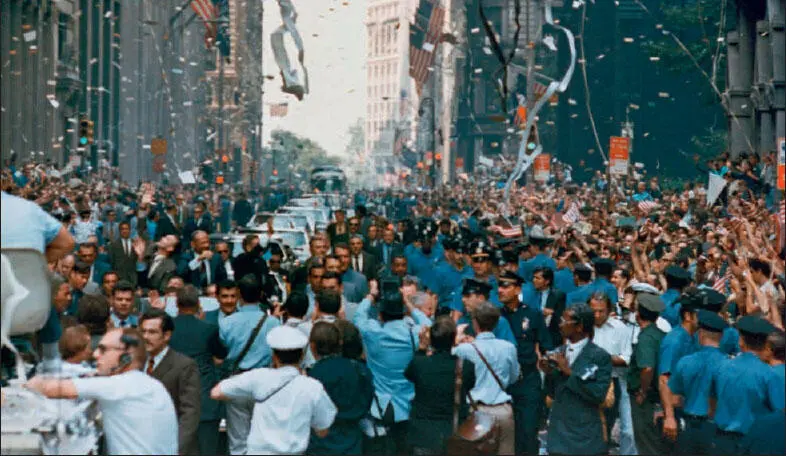
New York City welcomes the Apollo 11 crew home with a ticker tape parade down Broadway and Park Avenue.
Next stop, the stars
This astonishing achievement inspired a whole generation with the technical and creative possibilities of space. The Apollo program brought 382 kg (842 lb) of lunar rocks and soil back to Earth, transforming our understanding of the Moon’s geology and history. The program funded the construction of the Johnson Space Center and Kennedy Space Center. Huge advances in avionics, telecommunications, and computers were made as part of the overall Apollo program.
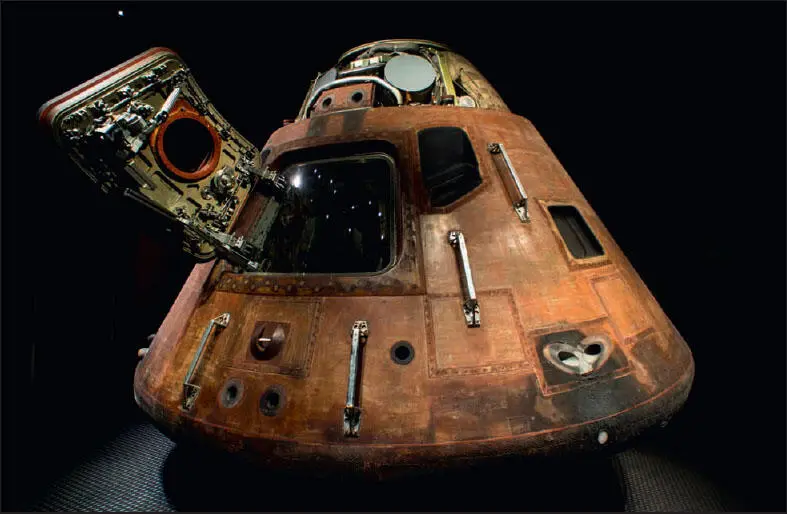
The Apollo 11 Command Module on display at Cape Canaveral.
Politically, the Space Race was won – decisively – by America. JFK had been assassinated six years before his dream became reality but the Soviets had been beaten, as he had wanted.
Apollo 11 was the first in a flurry of launches. Apollo 12 became the second successful mission to the Moon just four months later, in November 1969. Apollo 13 famously had a malfunction on the journey out and had to return home without touching down on the Moon. Apollos 14 to 16 all landed safely on the lunar surface. In December 1972, Apollo 17 was the sixth – and final – manned spacecraft to make a Moon landing. In total, twelve Apollo astronauts walked on the Moon. No humans have gone further than Earth orbit in the decades since.
One of the most unexpected glories of the expedition was actually an image of home: the extraordinarily delicate beauty of the blue Earth as seen from our natural satellite. It was a sight that few had imagined but which utterly transfixed all astronauts who witnessed it.
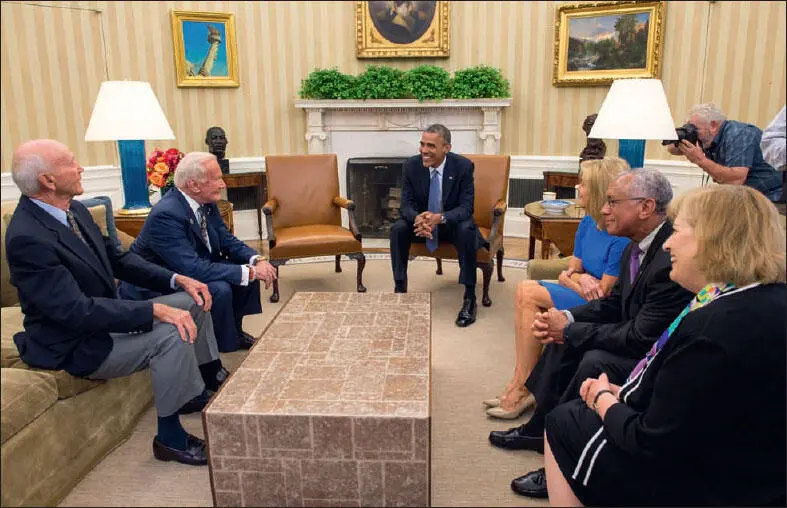
President Barack Obama welcomes Apollo 11 astronauts Michael Collins and Buzz Aldrin (left side) and Neil Armstrong’s widow, Carol (seated third from the right), to the Oval Office on 22 July 2014. Also seated are NASA Administrator Charles Bolden and Patricia Falcone, Director for National Security and International Affairs.
Читать дальше










